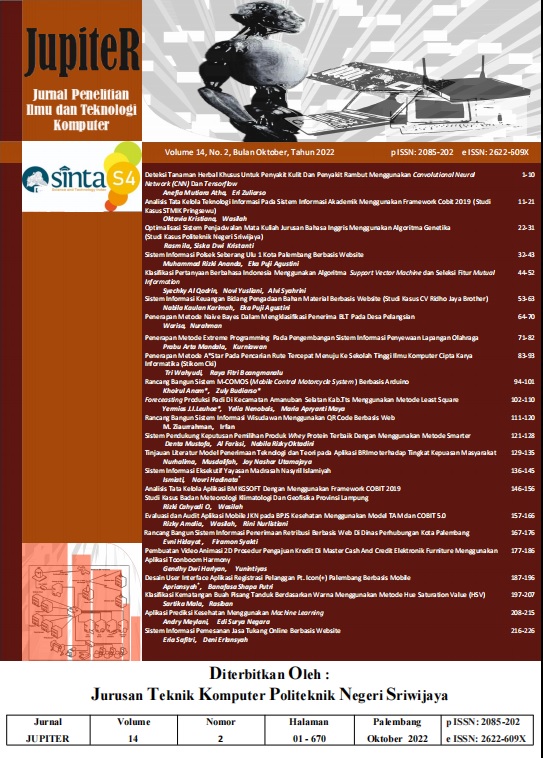Tinjauan Literatur Model Penerimaan Teknologi dan Teori pada Aplikasi BRImo terhadap Tingkat Kepuasan Masyarakat
DOI:
https://doi.org/10.5281./4816/5.jupiter.2022.10Abstract
This study examines how the literature review of the technology acceptance model and theory on the BRImo application is used by the community to determine the level of customer satisfaction they have. This study uses descriptive research, namely research that describes facts, data, and information obtained from literature studies such as books, and journals to research results related to the research topic. In this study, it is explained that BRI has one of the superior products that is used to answer the challenges of advancing technology and information in the realm of finance and banking, namely BRImo or BRI mobile banking. BRImo is a banking service that makes it easy for customers to access banking facilities without having to come to the bank. Based on the technology acceptance model and theory, the use of the BRImo application is divided into three vital elements, namely readiness, perceived usefulness and ease to use, and perceived risk. These three elements affect the BRImo application on customer satisfaction in using BRImo. The results obtained are that BRImo fulfills all the elements in this technology acceptance model with a high value. This is based on facts and data which state that BRImo has a high usability and transaction value in its use. In addition, based on the customer satisfaction index, BRImo got the highest score among the mobile banking applications offered by other commercial banks, which was 81.50%. This data shows that BRImo is a mobile banking application that can answer the challenge of community satisfaction in Indonesia.







